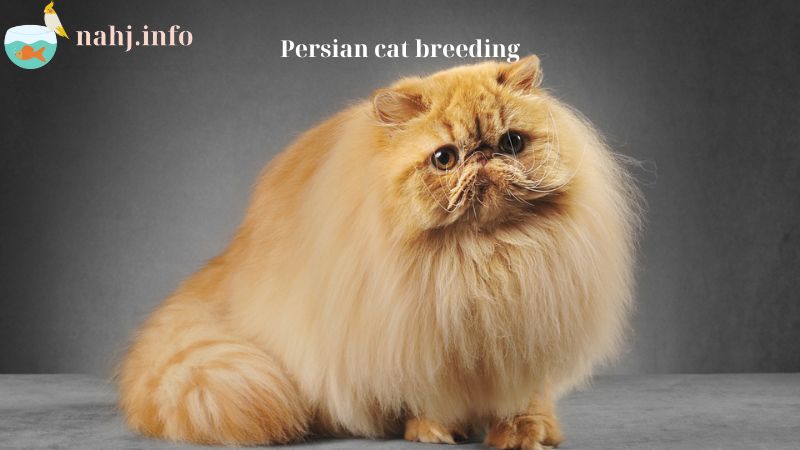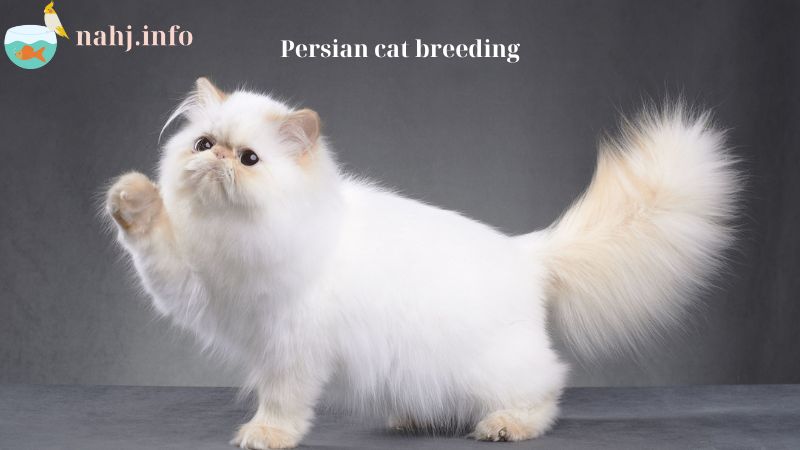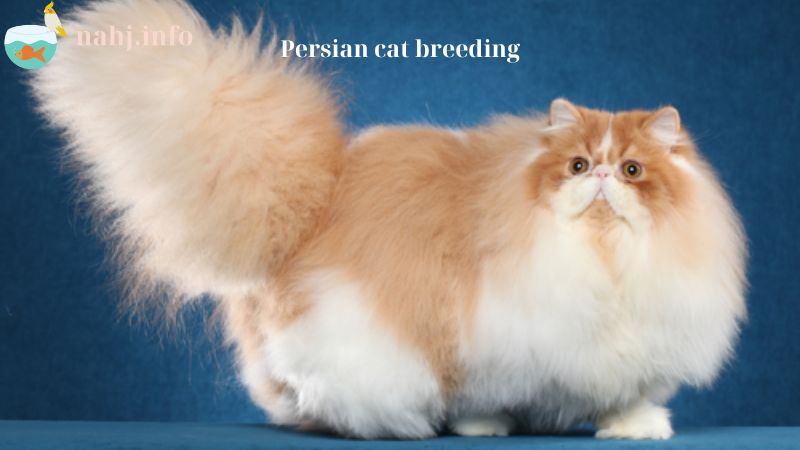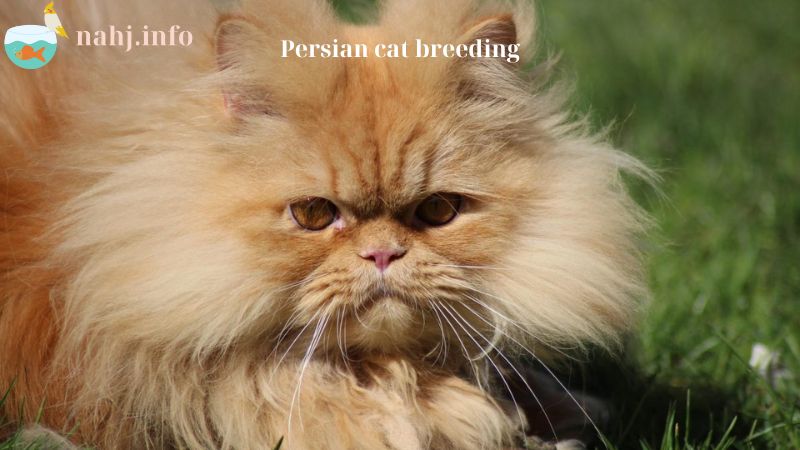The Persian cat, with its long hair and distinctive face, is one of the most popular and beloved cat breeds in the world. To ensure that the Persian cat breeding process goes smoothly and that the kittens are born healthy, breeders need to master the necessary knowledge and skills. In this article, nahj.info will learn in detail about the Persian cat breeding process, from the preparation stage, the mating process, pregnancy, to the care of the mother cat and kittens after birth.
1. Introduction to Persian Cats
Persian cats originated in Iran (ancient Persia) and were imported to Europe in the 17th century. They are famous for their long, smooth fur and characteristic flat face. Persian cats have a gentle, friendly personality and love to be pampered. To effectively raise Persian cats, breeders need to pay special attention to fur care and nutrition.
2. Persian cat breeding Preparation

a. Choosing the Right Male and Female Cats
Choosing the right male and female cat is the first important step in the Persian cat breeding process. Both the male and female cat need to be healthy, free of genetic diseases, and have good temperaments. Ideally, choose a cat with a clear pedigree to ensure there are no genetic health problems.
b. Health Check
Before mating a Persian cat, the owner should take both the male and female cat to the veterinarian for a general health check. This helps ensure that both cats are healthy and free of infectious diseases.
c. Vaccinations
Make sure the Persian cat is fully vaccinated before mating to protect the health of both the mother cat and future kittens. Necessary vaccines include vaccines against rabies, leukemia, and respiratory diseases.
3. Mating Process
a. The Right Time
Female cats typically have an estrus cycle every 2-3 weeks. Signs that a female cat is in heat include increased vocalization, rubbing her body against objects, and jumping up and down. The best time to mate is when the female cat exhibits these signs.
b. Mating Process
When the female cat is ready, the owner can introduce the male cat to the female cat. Mating is usually quick, lasting only a few minutes. However, it may need to be repeated several times over several days to ensure that the female cat has conceived.
4. Pregnancy Process

a. Signs that a Persian Cat is Pregnant
After mating, the female cat may become pregnant. Signs that a cat is pregnant include swollen and pink nipples, weight gain, and behavioral changes such as eating more and looking for a quiet place to rest.
b. Pregnancy Time
The gestation period of a Persian cat usually lasts about 63-65 days. During this time, the female cat needs special care in terms of nutrition and living environment.
c. Caring for Pregnant Cats
Pregnant Persian cats need to be provided with a nutritious diet, including protein and calcium to support the development of the fetuses. In addition, it is necessary to ensure that the living environment is clean, quiet and stress-free.
5. The Birth Process
a. Preparing the Birth Place
Before the Persian cat gives birth, the owner needs to prepare a clean, warm and quiet birth place. You can use a birth box or a birth bed lined with a soft towel to make the mother cat feel comfortable and safe.
b. Signs of a Cat About to Give Birth
Persian cats about to give birth often show signs such as meowing more, licking their fur constantly, looking for a quiet place and possibly not eating or drinking. When seeing these signs, the owner needs to be ready to support the mother cat.
c. The Birth Process
The birth process of a Persian cat usually takes place within a few hours. Each kitten will be born about 15-30 minutes apart. The owner should monitor and support if necessary, but should not intervene too much to avoid stressing the mother cat.
6. Care for Mother Cats and Kittens After Birth

a. Care for Mother Cats
After giving birth, the mother cat needs to be provided with a special diet to recover her health and produce milk for the kittens. The mother cat should be fed food rich in protein and calcium, and the drinking water should always be clean.
b. Care for Kittens
After birth, kittens need to be kept warm and ensure that they are fully breastfed. If the mother cat does not have enough milk, the owner can use a milk replacer specifically for kittens. During the first few weeks, the kittens should be checked regularly to ensure they are developing normally.
7. Vaccination and Health Checks for Kittens
Kittens need to be fully vaccinated to protect their health and prevent infectious diseases. Vaccination schedules typically begin when kittens are 6-8 weeks old and continue until they are 16 weeks old. Additionally, kittens should be taken to the veterinarian for regular checkups.
8. Learn About Genetic Diseases and How to Prevent Them
Persian cats can suffer from some genetic diseases such as polycystic kidney disease (PKD) and hypertrophic cardiomyopathy (HCM). Learning about these diseases and taking preventive measures is very important to ensure the long-term health of kittens. Owners should choose male and female cats that do not carry the disease gene to reduce the risk of genetic diseases for the next generation.
Conclusion
The Persian cat breeding requires careful preparation and dedicated care from the owner. By understanding the mating process, pregnancy, birth and caring for the mother cat and kittens, you can ensure the best health and development for your Persian cats. Hopefully, the information in this article will help you gain more knowledge and experience to raise Persian cats effectively and safely.

